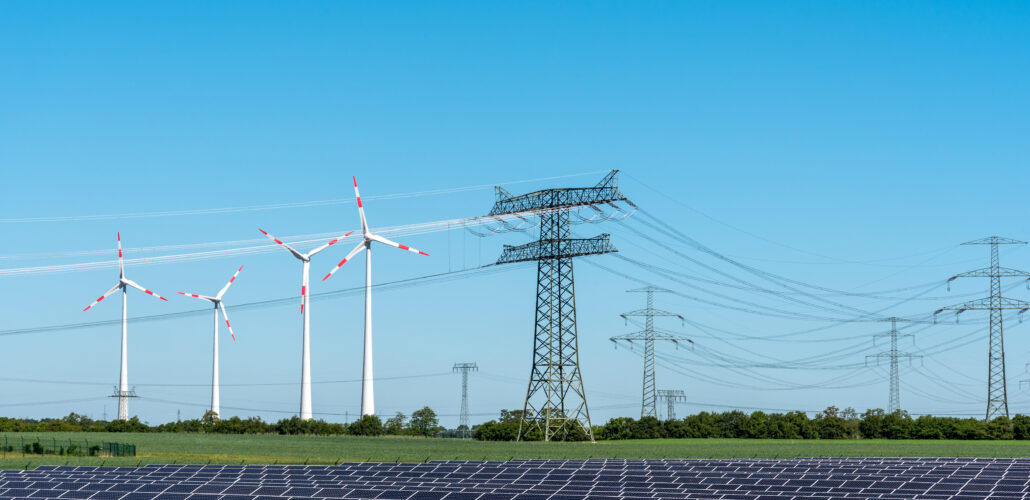Britain’s Green Energy Pledge ‘Credible’ if Infrastructure Planning Fixed
The creation of NESO represents a significant shift in how Britain's electricity system is managed.

Image for illustration purposes.
The UK government has announced plans to establish a new public body called the National Energy System Operator (NESO) to oversee Britain’s transition to a green electricity system. This initiative marks a significant step towards achieving the country’s net-zero emissions target by 2050.
Key Points:
- New Public Body: NESO will be an independent organisation, separate from National Grid, tasked with managing the electricity system.
- 100% Green Electricity Goal: The primary objective is to enable the electricity system to run entirely on green energy sources by 2035.
- System Management: NESO will be responsible for balancing electricity supply and demand, ensuring system stability, and planning for future energy needs.
- Independence: As a public body, NESO will operate independently from energy producers and suppliers, prioritising the public interest.
- Transition Timeline: The transition from National Grid ESO to NESO is expected to be completed by or before 2026.
Challenges and Opportunities:
- Renewable Integration: NESO will need to manage the increasing integration of intermittent renewable energy sources like wind and solar.
- Grid Modernisation: Upgrading and expanding the grid infrastructure to accommodate new energy sources and demand patterns.
- Energy Storage: Developing and implementing large-scale energy storage solutions to balance supply and demand.
- Smart Grid Technologies: Implementing advanced technologies for real-time monitoring and control of the electricity system.
- Consumer Engagement: Encouraging consumer participation in demand-side management and energy efficiency programs.
Impact on the Energy Sector:
- Market Reforms: Potential changes to electricity market structures to incentivise green energy production and flexibility.
- Investment Opportunities: Increased focus on renewable energy projects, energy storage, and grid infrastructure.
- Job Creation: New roles in green energy technologies, system management, and related fields.
- International Collaboration: Potential for increased cooperation with other countries on energy system management and technology sharing.
Source: The Guardian
#Climate Change Mitigation#Electricity market#energy efficiency#energy infrastructure#energy sector reform#energy storage#energy system operator#energy system planning#energy transition#green electricity#Grid management#Low-Carbon Future#National Grid#NESO#Net-zero emissions#public body#renewable energy#smart grid#sustainable energy#UK energy policy



